Nasa's Artemis spacecraft has arrived at the Moon. The Orion capsule swept 130km (80 miles) above the lunar surface, and it will now begin to enter a larger orbit.
The vehicle was out of contact for 34 minutes during this manoeuvre, which began at 12:44 GMT, as it took place on the far side of the Moon.
As the signal returned, the spacecraft sent back an image of the Earth. Nasa says so far the mission has "exceeded expectations" since last week's launch.
Nasa flight director Zebulon Scoville said: "This is one of those days that you've been thinking about and dreaming about for a long, long time.
"This morning we just saw the Earth set behind the Moon as we take the next human rated vehicle around the moon, preparing to bring humans back there within a few years. This is a game changer."
Because this is a test flight, no astronauts are on board this time - instead three manikins, covered in thousands of sensors, are making the journey.
"Those sensors are getting an idea of whether the environment is going to be OK for people," explained Nasa astronaut Zena Cardman.
"So there are things like radiation sensors, motion sensors, accelerometers - things that we as human payloads are going to care a lot about."
And this is important because if this flight goes well astronauts will join the next ride, first of all going into orbit around the Moon, before a third Artemis mission then takes the first woman and first person of colour down to the lunar surface.
The European Space Agency is also carefully monitoring the spacecraft. It's built Orion's service module, which provides the power and propulsion for the voyage.
Esa also has a passenger on board: Shaun the Sheep, the British stop-motion animated character. Shaun is strapped in for the journey. Nasa's mascot is Snoopy, who is floating free in the cockpit of the crew capsule.After this close flyby, Orion will now swing much further out as it begins to loop around the Moon.
On 26 November, it is set to break Apollo 13's distance record when it reaches 400,171km (248,655 miles) from Earth.
Two days later, it will have travelled more than 430,000b km (270,000 miles) from our planet - the furthest a spacecraft built for humans has ever flown.
After this, the capsule will begin its journey home, back towards the Moon and then on to Earth with a scheduled splash down in the Pacific Ocean on 11 December.


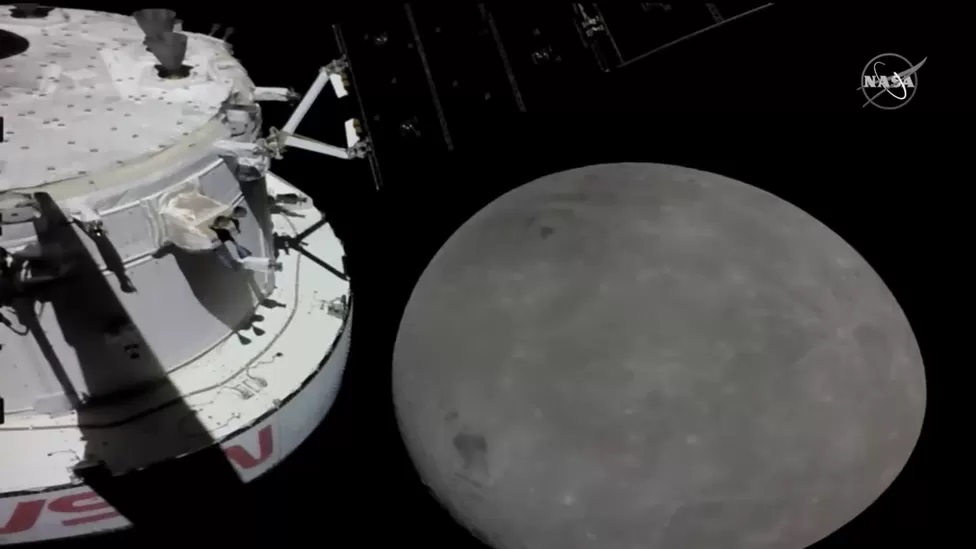



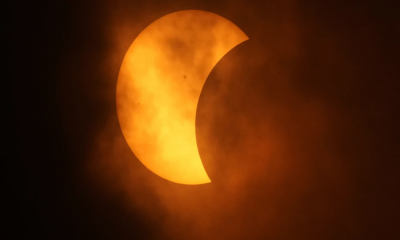
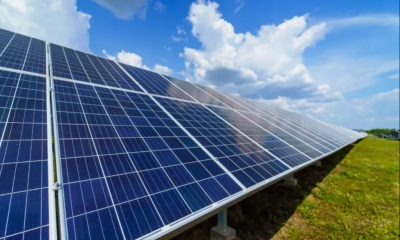





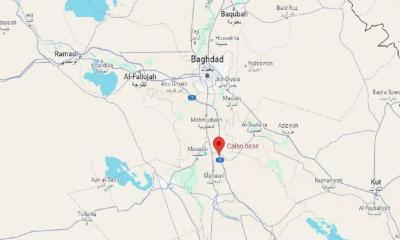







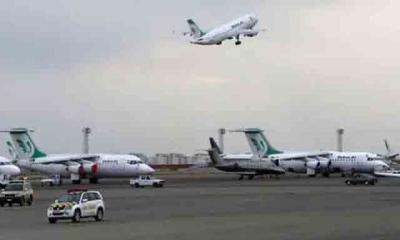




-20240416150710.jpeg)



-20240416051011.jpg)






